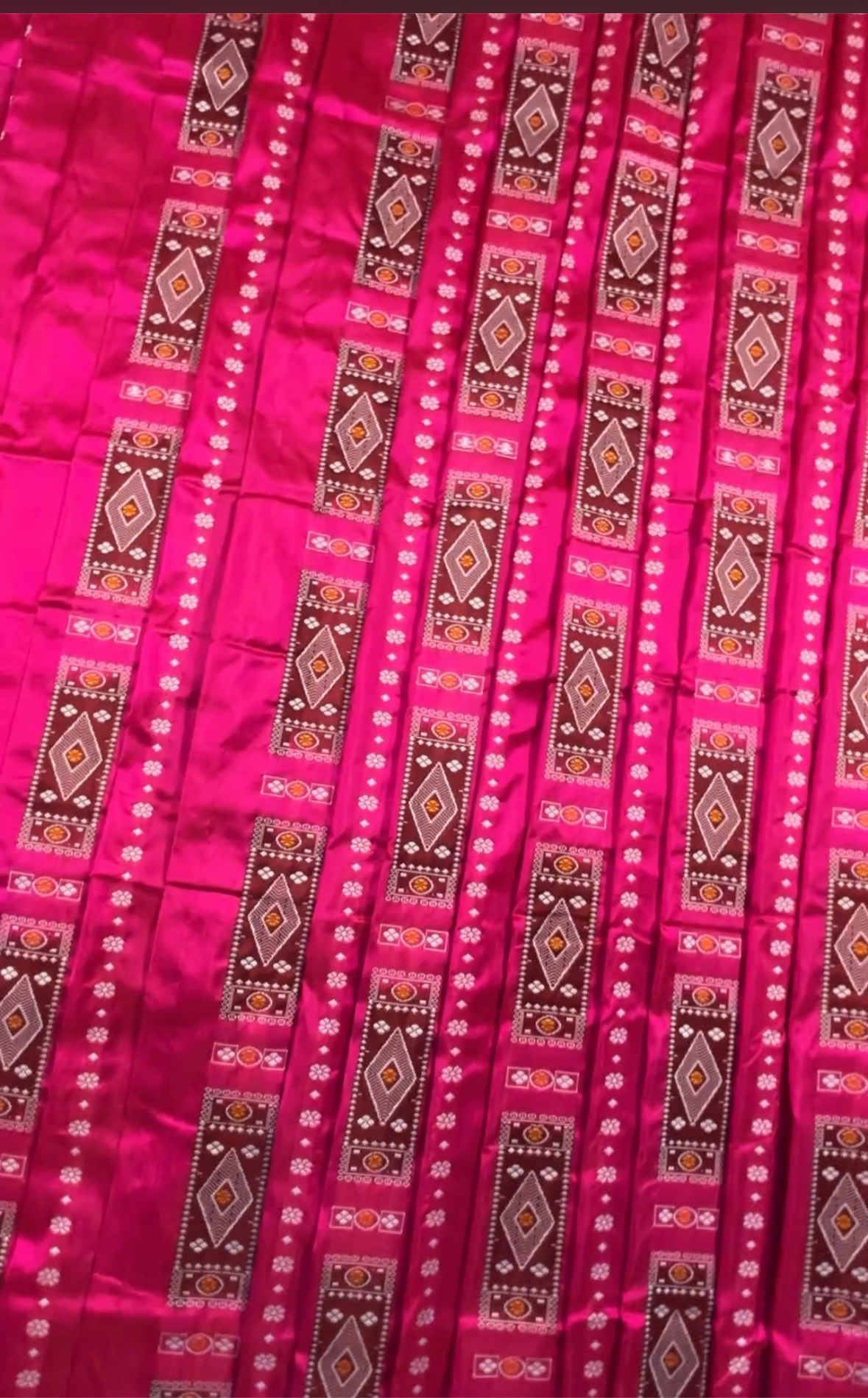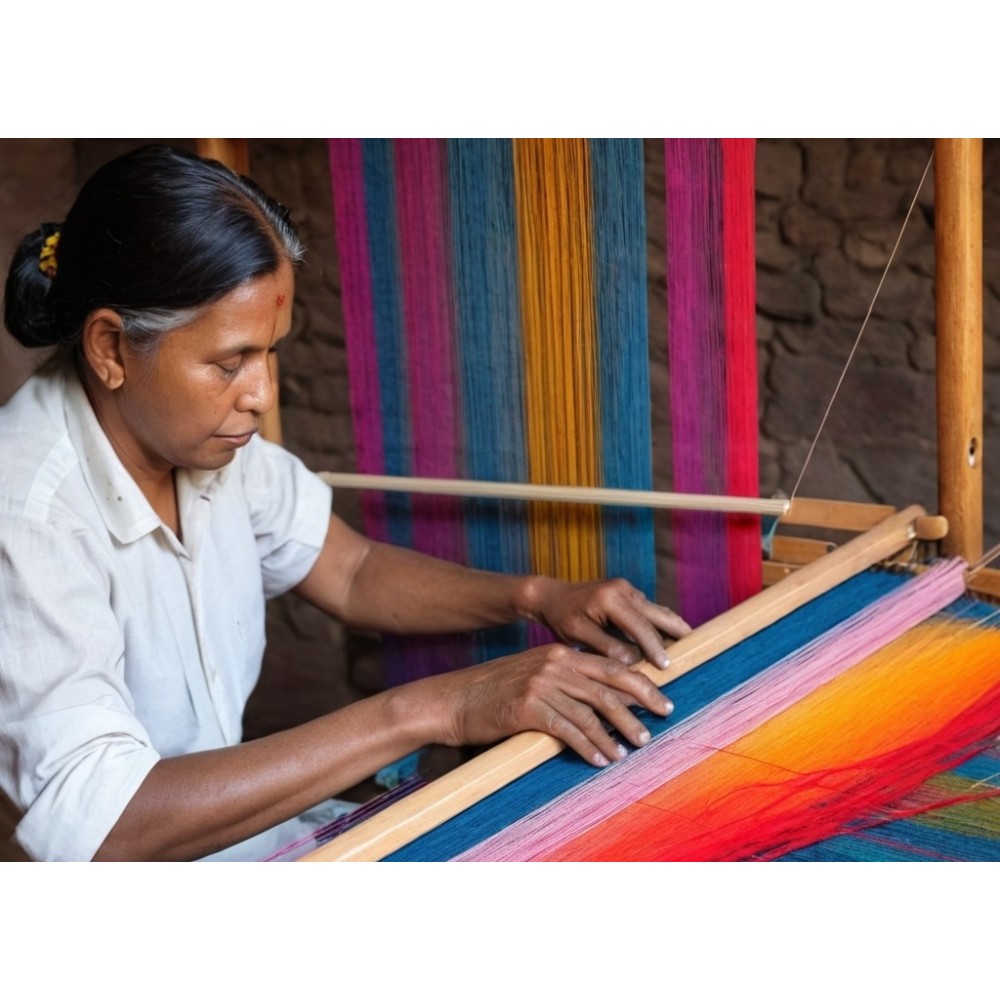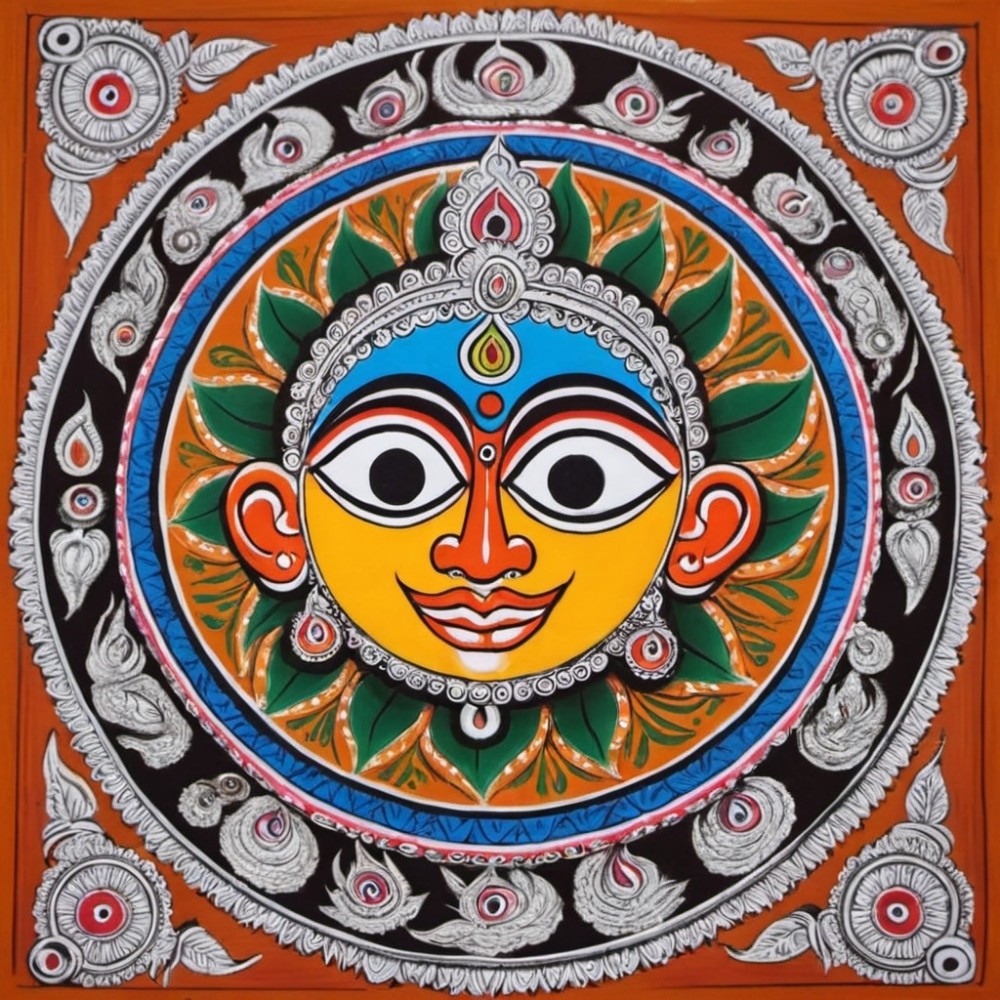How Do Silk Threads Transform Into Luxurious Sarees?
Silk sarees have always held a special place in the hearts of people, embodying elegance, tradition, and luxury. At Satika, we take pride in offering exquisite handloom silk sarees that are not just garments but timeless pieces of art. Have you ever wondered how silk threads transform into these luxurious sarees? Let’s unravel the journey from cocoon to closet.
The Allure of Silk Sarees
Silk sarees are revered for their lustrous sheen, soft texture, and rich colors. They are often worn on special occasions and celebrations, symbolizing grace and opulence. The journey of a silk saree begins long before it reaches the loom, starting with the humble silkworm.
Silk Production: Life Cycle of Silkworms and Cocoon Harvesting
The process of silk production begins with the cultivation of silkworms. These tiny creatures are the key to producing the luxurious silk threads used in sarees.
- Egg to Larva: Female moths lay hundreds of eggs, which hatch into larvae, commonly known as silkworms. These larvae feed voraciously on mulberry leaves, growing rapidly.
- Spinning the Cocoon: After several weeks of feeding, the silkworms spin cocoons around themselves using a single, continuous thread of raw silk. This thread can be up to 900 meters long. The cocoons are harvested and boiled to extract the silk threads, a process that requires great care to preserve the thread’s integrity.
Types of Silk: Mulberry, Tussar, Eri, and Muga
Not all silk is created equal. Different types of silk cater to varying tastes and preferences.
- Mulberry Silk: The most common and widely known, mulberry silk is produced by Bombyx mori silkworms that feed exclusively on mulberry leaves. It’s known for its fine quality and smooth texture.
- Tussar Silk: Tussar silk, also known as wild silk, is produced by silkworms that feed on a variety of leaves other than mulberry. It has a rich, deep gold color and a slightly coarser texture, lending a unique charm to the sarees.
- Eri Silk: Also called peace silk or Ahimsa silk, Eri silk is made without killing the silkworms. It is softer and warmer, often used in more casual or traditional attire.
- Muga Silk: Native to Assam, Muga silk is known for its natural golden hue and durability. It’s often used for making traditional Assamese garments and is prized for its rarity.
Thread Spinning: Turning Silk Fibers into Threads
Once the cocoons are harvested, the process of turning silk fibers into threads begins.
- Reeling the Silk: The cocoons are boiled to soften the sericin (the gum holding the cocoon together), and the silk filaments are carefully unwound. Several filaments are twisted together to form a single thread of raw silk.
- Spinning: The raw silk threads are spun to improve their strength and consistency. This step is crucial as it determines the quality and durability of the final fabric.
Dyeing Process: Natural vs. Synthetic Dyes
Dyeing is a transformative step that gives silk its vibrant colors. Both natural and synthetic dyes are used, each offering unique advantages.
- Natural Dyes: Derived from plants, minerals, and insects, natural dyes are eco-friendly and produce rich, earthy tones. They are gentler on the silk fibers, preserving their softness and sheen.
- Synthetic Dyes: These dyes offer a wider range of colors and are often more vibrant and consistent than natural dyes. They are also more resistant to fading, making them ideal for bright, bold designs.
Weaving Silk: Challenges and Techniques
The weaving process is where the silk threads are transformed into beautiful sarees. This step requires immense skill and precision.
- Setting Up the Loom: The loom is prepared with warp threads, which are the foundation of the saree. The weaver sets up the design pattern, ensuring that each thread is perfectly aligned.
- Weaving the Weft: The weft threads are woven through the warp threads, creating the fabric. Techniques like jacquard, dobby, and ikat allow for intricate patterns and motifs. This process can take anywhere from days to months, depending on the complexity of the design.
- Quality Control: Throughout the weaving process, continuous quality checks are performed. Any flaws are corrected immediately to ensure the highest quality product.
Conclusion: The Journey of Silk in Satika Sarees
From the delicate silkworms to the skilled hands of weavers, the journey of silk threads transforming into luxurious sarees is a testament to craftsmanship and tradition. At Satika, we honor this journey by offering you sarees that reflect the dedication, skill, and heritage of our artisans. Each saree tells a story, woven with threads of tradition and elegance.
Explore our collection and experience the allure of silk sarees at Satika, where tradition meets luxury.
explore our collection of silk sarees: https://satika.live/saree/heritage-silks




